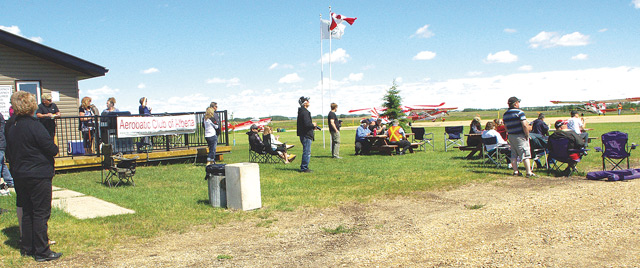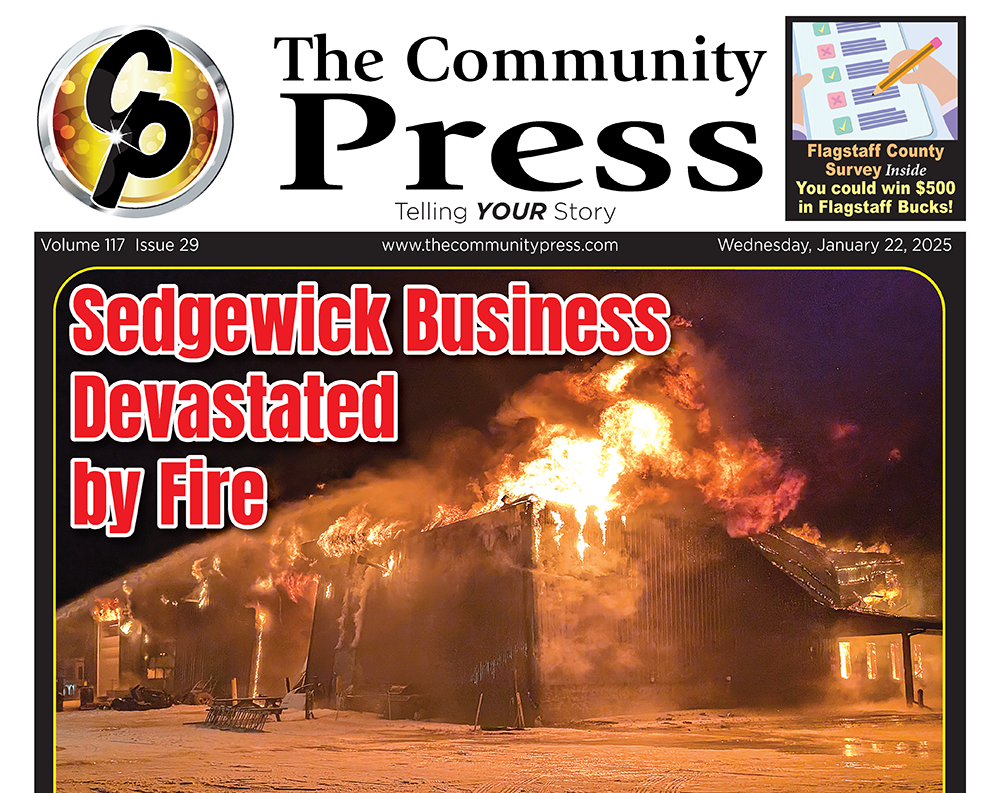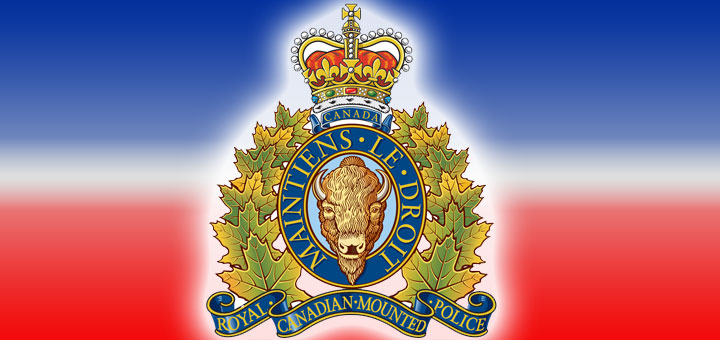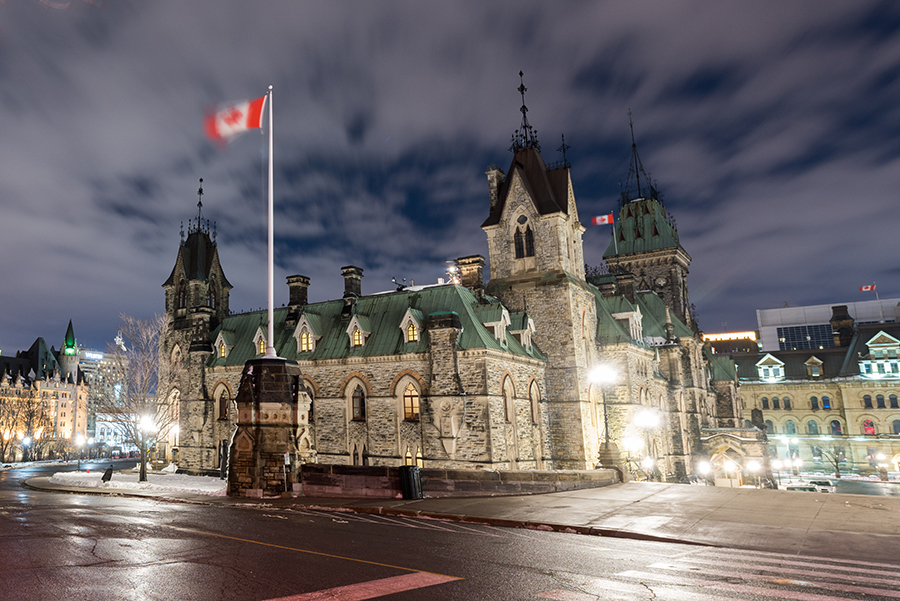Aerobatics coming to Flagstaff Regional Airport

Flying enthusiasts will have an opportunity to watch airplane aerobatics in Flagstaff on June 18.
By necessity, the contest wasn’t widely advertised, as that was the first year that the Iron Creek Flying Club had hosted the event at Flagstaff Regional Airport.
“Transport Canada was very impressed with how we handled the event last year,” says Gary Steadman, Iron Creek Flying Club member, “and gave us the green light this year to open up the event to the public.”
Steadman says he heard from visitors and Transport Canada that the Flagstaff Regional Airport was quite a nice venue, and was set up well so that spectators could sit and watch easily, and safely, and see what’s going on.
Visitors heading to the event this year should bring lawn chairs again, he says, as there is no seating available.
“The event is strictly amateur,” says Steadman. “It is pilots showing off their precision flying skills.”
The Aerobatic contest is very, very different from stunt flying, Steadman warns. “Pilots aren’t trying dangerous manoeuvres, they are trying precise ones. It’s similar to figure skating but with flying manoeuvres.”
Pilots won’t be trying to terrify the crowd, but will be performing loops, rolls, and turns with as much precision as possible for the judges.
Pilots in the Alberta Aerobatics Club come from all over Alberta, including Calgary, Edmonton, and Rocky Mountain House. “Last year we had pilots attend from Grand Prairie and Saskatoon,” Steadman says.
“Our airport is positioned very nicely for this. Its remoteness, in a rural area and out of a town, makes it uniquely useful for this sort of group,” Steadman says.
He says people who take part in these competitions travel to Rocky Mountain House, now Flagstaff, and down into Montana and Washington State over the season.
“Aerobatics is getting to be part of an international sport.”
The Iron Creek Flying Club even has a member who used to compete regularly with some success. Randy Skiba competed in the past, and has played a part of getting the contest to come to Flagstaff County.
“Lots of people are very excited about this event!”
The format for the meet is set by the AB Aerobatics Club, and as hosts, the Iron Creek Flying Club, are responsible for providing facilities at the airport for competitors, providing a spectator area, food services, and ensuring the safety of the pilots inasmuch as possible. They are required as well to have an emergency response plan.
Steadman says that hosting an event such as this requires the participation of all club members to be successful.
For the competition itself, pilots will be required to perform precision loops, rolls, and turns.
“The airplanes will be quite high above the ground,” says Steadman, “for safety.”
The competition area will be marked out on the ground to form a one-km square aerobatic box. Pilots must stay within the box while competing.
Pilots will compete in four different categories and levels, the first being a Primary level. Steadman says this not particularly difficult, just exacting.
The second category is Sportsman. This pilot is still an amateur, but will be required to perform more demanding moves.
“This pilot would be a bit better than average. Actually, many women pilots complete in this class.”
Class 3 represents Intermediate Pilots, again requiring a higher skill set, and Class 4 is Advanced. This is the level required to compete nationally in aerobatics.
Steadman says often two or three pilots will come to an event together in one plane and each will compete using that plane.
He says that a starter airplane can cost between $40,000 and $50,000, but that airplanes specially designed for aerobatics can cost as much as $250,000. “That would be a world-class plane.”
Steadman says this type of event allows pilots the opportunity to get together with their peers, which is a nice change from solitary flying.
“A lot of pilots like to do aerobatics because it makes them better pilots.”
He estimates that planes will travel at speeds between 80 and 150 km/hr during the competition, although explains that air travelling speed is measured in knots, the time it takes to travel one nautical mile. A knot is 20 per cent larger than a standard mile.
Most of the competitors will fly in Friday and get an early start Saturday.
The event will start at 9 a.m. and they expect to go all day.
There are no announcers at the event, he says, but it’s an opportunity to see what the pilots can do, and get to talk to them as well as to Iron Creek members.
“It’s an event to promote flying. For the club, it is a great way to showcase aviation while also bringing visitors to the area.
Originally published in the May 24 edition of The Community Press! Subscribe today!
Leslie Cholowsky
Editor









